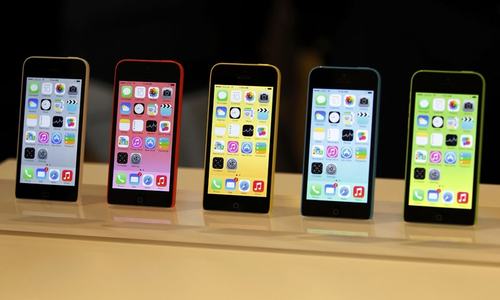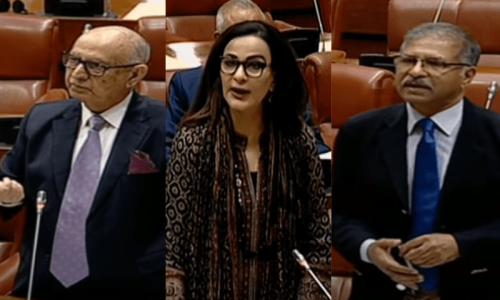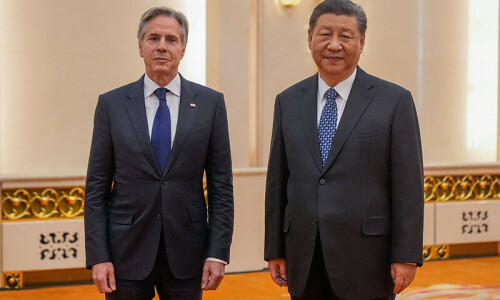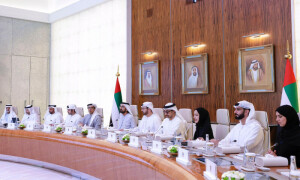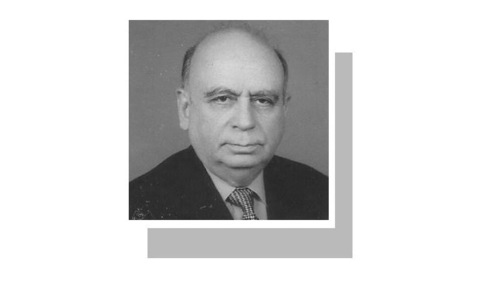LAHORE: Mobile phone import bill, on a month-on-month basis, in July doubled in terms of value from $37.3 million to $73.8m (97.85 per cent) despite a comparatively smaller increase of 11pc in the total number of units brought in to the country.
The massive increase in mobile phone imports bill was unanticipated given the fact that inward shipments of handsets had consistently been declining during the last fiscal year amid sharp currency depreciation and hefty taxes and regulatory duties imposed by the government as part of its plan to compress demand in the wake of a balance-of-payments crisis.
The latest data for August has not been compiled yet, according to the Pakistan Bureau of Statistics Director (Trade) office in Karachi.
Cumulatively, mobile phone import bill dropped by almost a fifth from $741.8m in FY18 to $596.4m in FY19, according to data published by the State Bank of Pakistan (SBP). On a year-on-year basis, the handset imports in July rose by above 14pc ($64.6m) compared to same month last year.
Similarly, the data on Pakistan’s mobile phones market compiled by Canalys — a leading global technology market firm — shows mobile phone imports shrank significantly in terms of number of handsets from the last financial year. From a monthly average of 1.1m phones brought into the country during FY18, the number decreased to the monthly average of 0.8m in FY19.
Industry sources attribute the sharp spike in the mobile phone import value to rising prices of handsets due to the technological improvements. “This is because the mobile phone makers are continuously improving their technology to attract customers and adding new features. This has raised the prices (in terms of dollars) substantially. For example, a phone that was available for $200 or so a year or so back will now cost you around $250 or even more due to addition of new features and improvements in its technology,” Ali Kakvi, Oppo’s marketing director, told Dawn on Tuesday.
Industry sources say that massive currency devaluation over the last year forced users to switch away from high-end, expensive handsets to reasonably priced ones, offering similar features.
Canalys’ data revealed that the country’s mobile phone market is currently dominated by handsets in the price range of $100-299 making up for the 63pc of the total market followed by 18pc taken share taken up by the ones in the bracket of $200 and $299 and 17pc by those priced under $100.
The data further revealed that almost three quarters of the Pakistan market is currently dominated by four brands with Oppo leading at 25pc share followed by Samsung with 19pc, Huawei with 15pc and Vivo with 13pc.
Published in Dawn, September 18th, 2019


